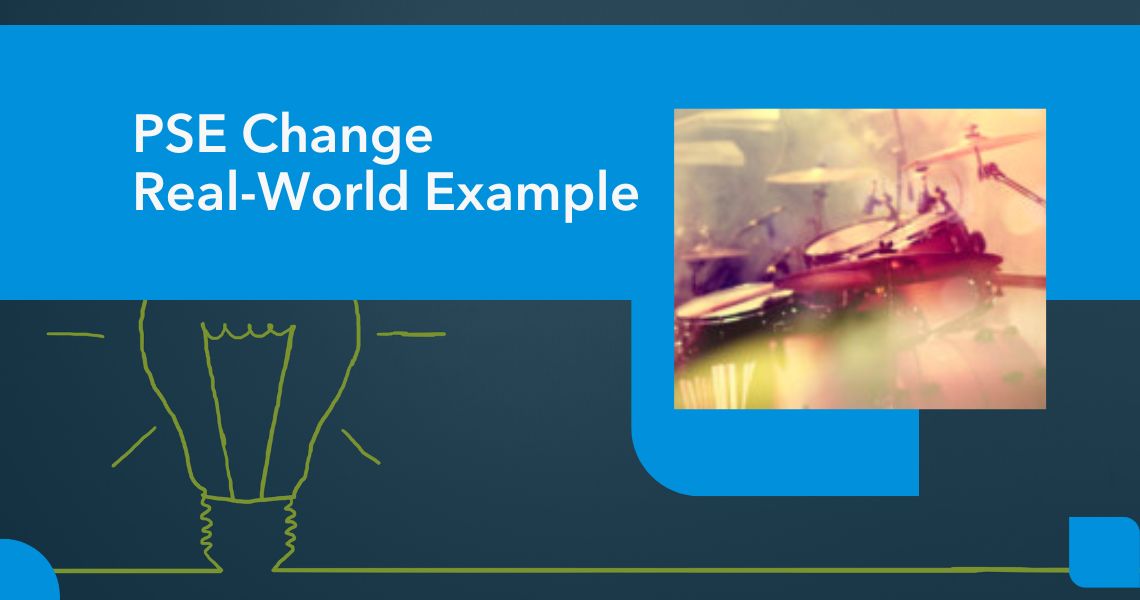Problem: Among all states, Louisiana had the fifth highest smoking rate and was second to Nevada in the percentage of workers who worked in non-smoke-free workplaces.1
1The Geographic Health Equity Alliance & the Louisiana Comprehensive Cancer Control Program. (2015). Coalitions Combine Forces for Cleaner Air in New Orleans. Retrieved from https://www.cdc.gov/tobacco/stateandcommunity/state-fact-sheets/louisiana/index.html#:~:text=In%202015%2C%20New%20Orleans%20adopted,restaurants%2C%20bars%2C%20and%20casinos
PSE Change Solution: The Louisiana Comprehensive Cancer Control Program (LCCCP) and the Geographic Health Equity Alliance (GHEA) partnered with other organizations to form the Smoke-Free NOLA Coalition, which pursued a public education campaign and a legislative solution. The coalition utilized traditional and non-traditional strategies: they engaged a political champion and members from affected groups, such as musicians and a blackjack dealer, to address the personal impact of secondhand smoke exposure. They also staged a Smoke-Free NOLA parade to reflect New Orleans’ unique atmosphere. New Orleans’ smoke-free air ordinance was enacted in 2015.
Resources to Support Similar Evidence-Based Initiatives
The Community Guide
Tobacco Use: Smoke-Free Policies
Evidence-Based Cancer Control Programs
Enhancing Tobacco Control Policies in Northwest Indian Tribes
What Works for Health

